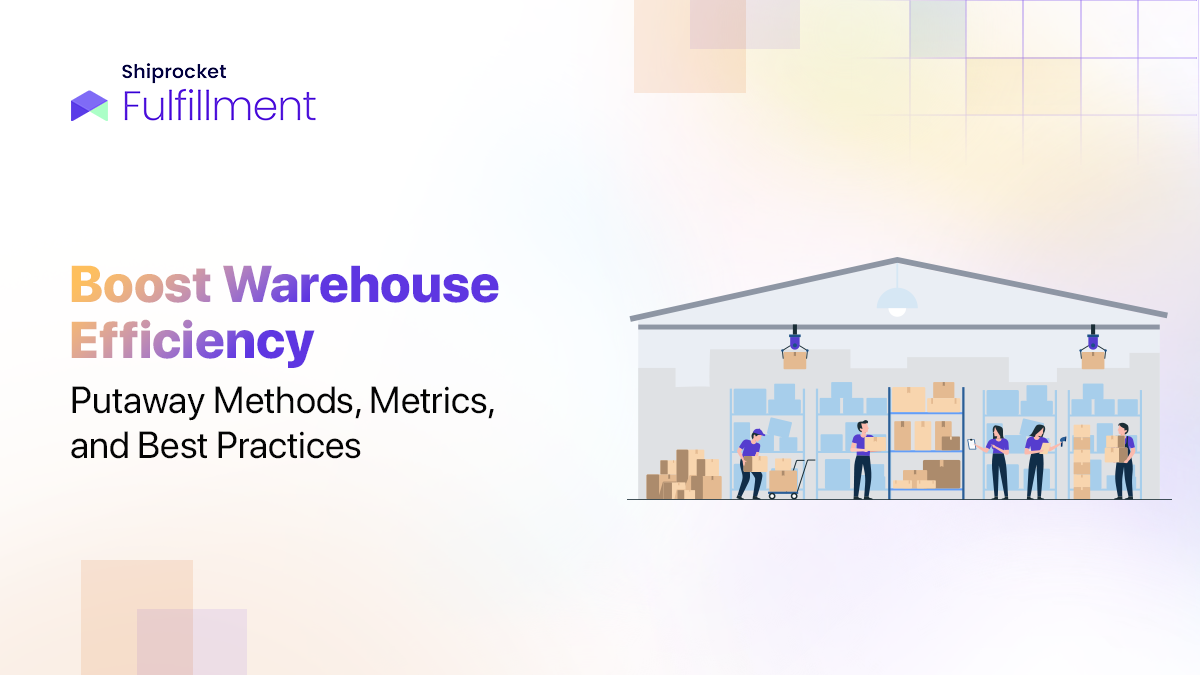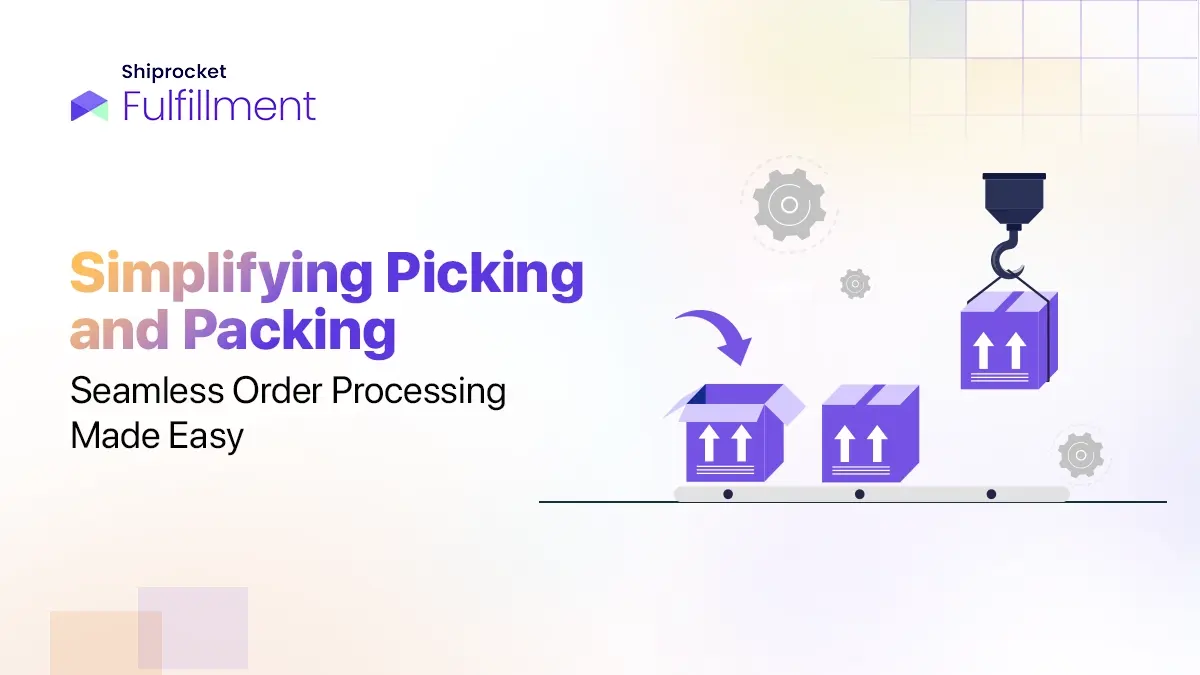A warehouse is a vital part of any business that deals with physical products. A warehousing company is responsible for storing inventory, fulfilling orders, and keeping track of stock levels. An efficient warehouse can save a company time and money, while a poorly run one can drain resources.

There are many ways to reduce the cost of running a warehouse and increase profits. Some of these include:
1. Automation – Automating processes can help to speed up order fulfillment and reduce labour costs.
2. Optimize space – Utilizing the available space in the most efficient way possible can help to save on rent and other related costs.
3. Review suppliers – Regularly reviewing your suppliers can help you to negotiate better terms and get discounts on bulk purchases.
4. Streamline operations – Reducing unnecessary steps in your warehouse operations can lead to time and cost savings.
5. Implement technology – Using barcodes, scanners, and other technological solutions can improve accuracy and efficiency in the warehouse.
What are Warehouse Costs?
Several costs are associated with a warehouse, including rent or mortgage payments, utilities, insurance, property taxes, and labour. While some of these costs are fixed, others can be variable. Reducing your warehouse costs can help increase your profits.
One way to reduce warehouse costs is to negotiate better terms with your landlord or mortgage lender. Another option is to refinance your mortgage to get a lower interest rate.
You can also save on utilities by using energy-efficient lighting and appliances. You can keep your warehouse insulated, which will keep the units heated during winter and cool during summer resulting in lower utility costs.
To reduce labour costs, consider automating some tasks in your warehouse. This can free up time for your employees to do other tasks that may be more productive. Consider hiring temporary or seasonal workers when there is an uptick in business demands. This can help avoid having too many full-time employees on staff when business is slow.
Finally, review your insurance coverage to ensure you are not overpaying for coverage you don’t need. By carefully evaluating your risks and choosing the right insurance policy, you can save money on your premiums without sacrificing protection for your business.
Ways to Reduce Warehouse Costs
There are a number of ways to reduce warehouse costs and increase profits. Here are some of the most effective ones:
1. Reduce the amount of space you rent or lease.
2. Sublease unused space to other businesses.
3. Use storage containers instead of traditional pallet racks.
4. Install energy-efficient lighting and climate control systems.
5. Automate your warehouse operations with robotics and other technology.
Automation
One of the best ways to reduce warehouse costs and increase profits is to automate as much of the operation as possible. By automating tasks like order picking, inventory management, and shipping, you can free up time and resources that can be better used elsewhere. There are a number of automation technologies available, so it’s important to choose the right one for your needs.
When considering automation, some things to keep in mind include the following:
- The type of products you sell: Some products are more suited to automated handling than others. For example, small and lightweight items are often easier to pick and place with robots than heavy or delicate items.
- The size of your facility: If you have a large warehouse, you may need multiple robots or other automated systems to achieve full coverage. Smaller warehouses may be able to get by with just a few units.
- Your budget: Automated systems can be expensive, so it’s essential to consider your return on investment when making a decision.
Improving Efficiency
In an effort to reduce warehouse costs and increase profits, many companies are turning to improve efficiency. One way to do this is by automating tasks currently being done manually. This not only saves on labour costs but can also speed up processes and help improve accuracy. Additionally, streamlining processes and improving communication can also help improve efficiency within a warehouse and lead to cost savings.

Reducing Inventory Carrying Costs
Inventory carrying costs are one of the largest expenses for most businesses and can significantly impact profitability. There are a number of ways to reduce these costs, including:
1. Review your inventory levels regularly and reduce them where possible.
2. Use just-in-time inventory management techniques to minimize the amount of stock you need to carry.
3. Review your supplier contracts and terms to see if you can negotiate better payment terms or discounts for early payment.
4. Work with suppliers to implement consignment arrangements or other cost-saving strategies.
5. Utilize technology to automate inventory management processes and reduce labour costs associated with manual tasks.
Cross-Docking
One smart way to reduce warehouse costs is to use cross-docking. This includes transferring products from the supplier directly to the customer and thereby removing the middleman, which reduces costs upto a great extent. This saves time and money on product management, storage, delivery, and labour. Cutting dead payment pathways is the main goal of reducing costs.
There are different types of cross-docking, and it depends upon the product you are shipping-
-flow through
-ship to mark for
-pure cross-dock
– merge in transit

Optimised Picking Process
Businesses need to adjust their picking process to a new optimal, which is not only about speed but also accuracy. Here are a few ways how you can optimise your picking process-
- Prioritise urgent and VIP orders first
- Don’t mix your SKUs
- Keep your fast-moving SKUs together
- Arrange items in batches or clusters
- Avoid vertical picking wherever possible
- Stock your fast-moving products docked horizontally
- Keep slower stock vertically
- Don’t forget to label your products
- Store inventory in the most appropriate storage facility, whether that be a bin or a pallet
Why Is Benchmarking Important?
The most common mistake businesses make when it comes to benchmarking is not clearly mentioning and defining goals according to global best practices. Global thought leaders look upto their peers, aiming to provide world-class solutions to help the supply chain. We can implement more and more options as we don’t have the technological strain and are not limited by geographical proximity.
Conclusion
With escalating costs and competition in the market, it is essential for businesses to maximize their profit and minimize their expenses. One of the areas where businesses can save money is warehouse costs. In this article, we explored ways to reduce warehouse costs and increase profits. From using technology solutions to better inventory management and improving operational efficiency, learn how to cut down on your overhead and maximize profits!






